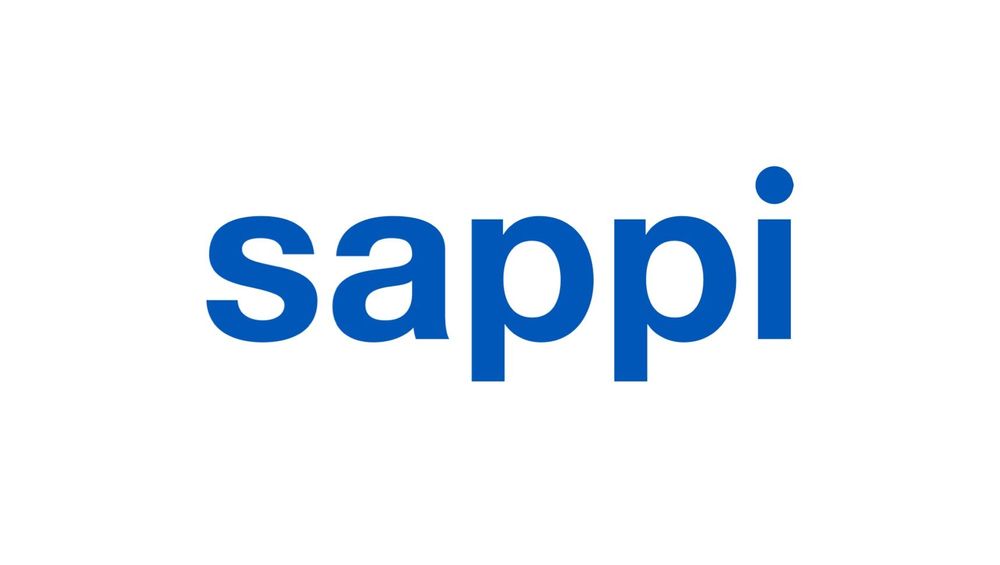Sappi Adds Transparency and Partnerships to GHG/Scope 3 Tracking
Sappi North America remains committed to obtaining the most accurate emissions factors from suppliers and customers
Sappi follows the GHG Protocol Corporate Value Chain (Scope 3) Accounting and Reporting Standard, also referred to as the Scope 3 Standard. The GHG Protocol divides Scope 3 emissions into 15 categories, and it is the reporting entity’s responsibility to determine which are significant for its operation.
These categories fall into two main streams: upstream (1–8) and downstream (9–15). In this case, “upstream” refers to emissions that occur before customers take ownership of Sappi’s products, whereas “downstream” includes emissions resulting from customers processing Sappi products and the final end-of-life treatment of the goods that Sappi’s customers produce.
In general, Scopes 1, 2 and upstream 3 are how our customers view and evaluate Sappi, whereas the combination of Scopes 1, 2 and 3—both upstream and downstream—is how the world evaluates the entire value chain.
Based on our review, we have concluded that due to the lack of control and the nature of the emissions of category 10 (processing of sold products), category 11 (use of sold products) and category 12 (end-of-life treatment), we will not focus on tracking those emissions. In total, downstream emissions (categories 9–15) are much less relevant to our evaluation and will not be tracked.
Also noted last year, much of the Scope 3 data is based on standard secondary emissions factors from publicly available databases, primarily the UK Department for Environment, Food and Rural Affairs (DEFRA), the US Environmental Protection Agency and ecoinvent, a nonprofit association that provides process data for products. Primary emissions factors are always preferred, as they are more accurate.
We remain committed to obtaining the most accurate emissions factors whenever possible from our suppliers and customers. In 2022, Sappi North America circulated its second vendor GHG survey to upgrade emissions factors and verify information required for emissions calculations. We look for added transparency each year from our supply chain partners.
As shown in the donut chart, the three most significant categories for Sappi are purchased goods (category 1), fuel- and energy-related activities (category 3), and upstream transport (category 4). These comprise approximately 98.5% of Scope 3 upstream emissions, based on data collected for fiscal 2022.

